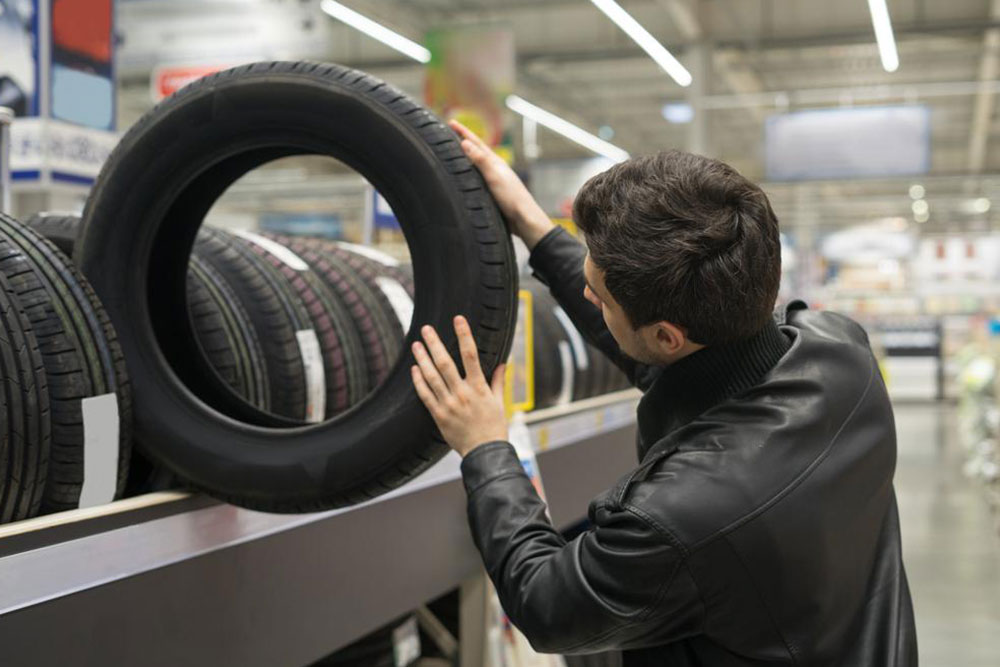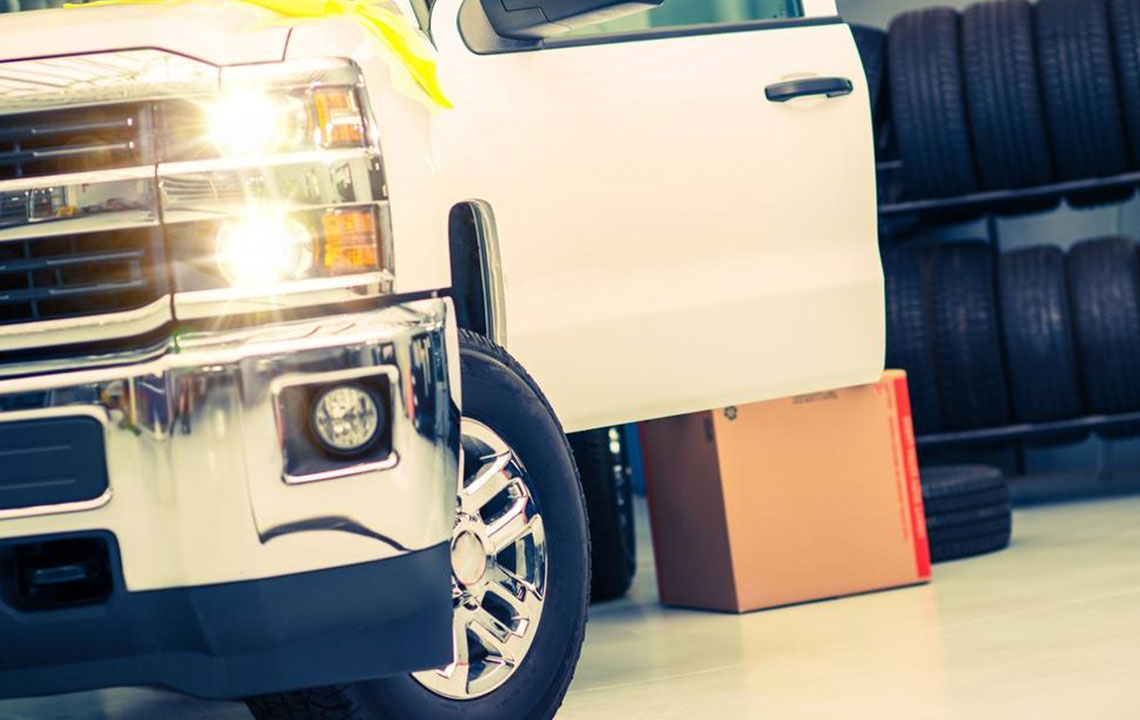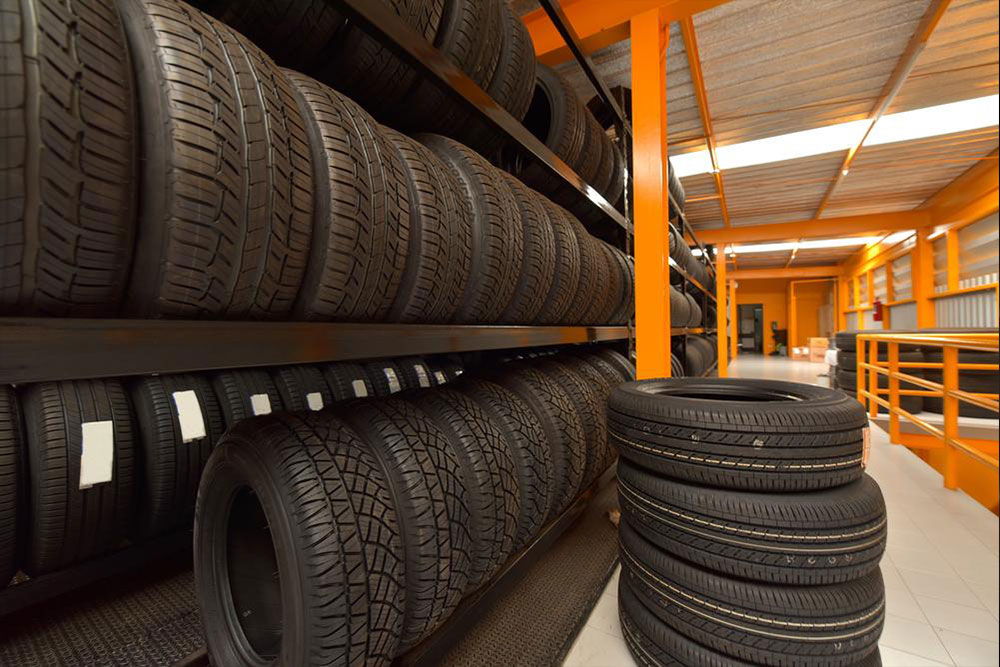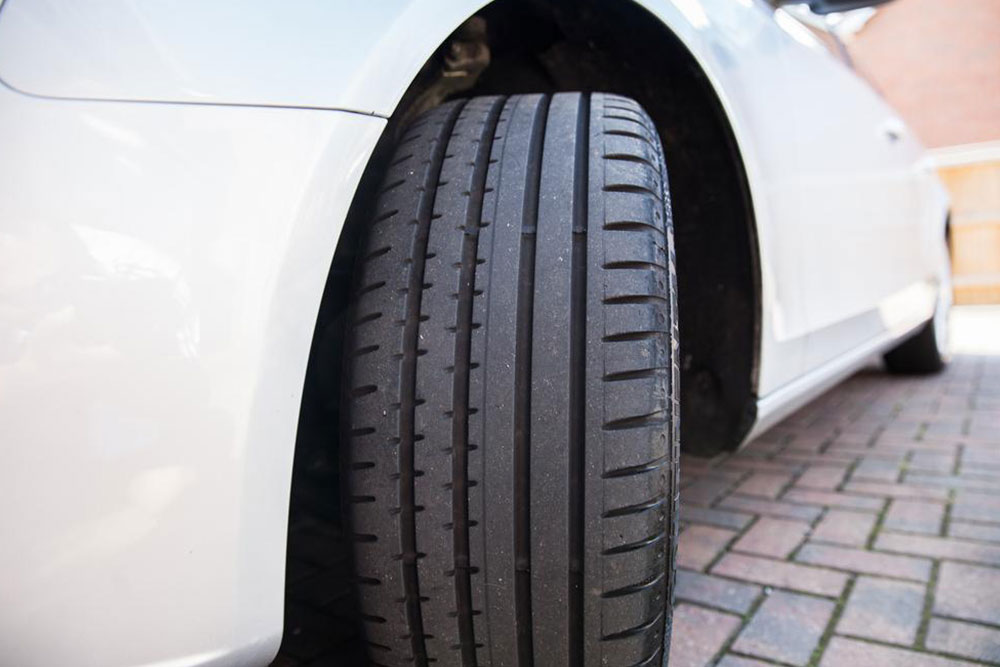Comprehensive Guide to Preparing Your Vehicle for Winter: Ensuring Safety and Performance
Preparing your vehicle for winter is crucial for safety and reliability. This comprehensive guide covers essential steps such as tire maintenance, battery checks, fluid management, visibility improvements, and emergency kit preparation. Proper winterizing ensures your car performs optimally in cold and snowy conditions, preventing breakdowns and enhancing safety during harsh weather. By following these detailed tips, drivers can confidently navigate winter roads and stay safe all season long.
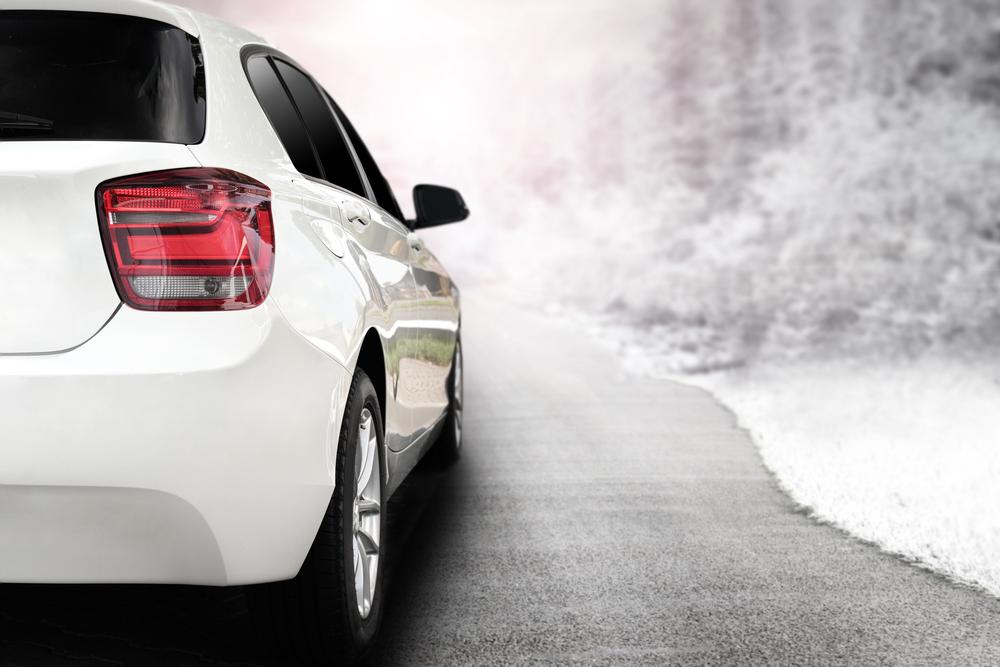
Comprehensive Guide to Preparing Your Vehicle for Winter: Ensuring Safety and Performance
As the chilly months of winter draw near, drivers must proactively prepare their vehicles to withstand harsh weather conditions, including snow, ice, and low temperatures. Just as people dress appropriately for winter, vehicles require specific maintenance and checks to operate safely and efficiently during this season. Neglecting winter-specific vehicle preparations can lead to breakdowns, accidents, or being stranded in dangerous cold conditions, which is why early planning is essential. Proper winter vehicle readiness not only enhances safety but also preserves the longevity and optimal performance of your car, ensuring you stay on the road with confidence throughout the winter months.
In this extensive guide, we'll explore in detail the key steps necessary to winterize your vehicle. From tire maintenance to emergency preparedness, these tips will help you navigate winter driving challenges effectively, avoiding costly repairs and potentially life-saving mishaps. Let’s delve into the critical aspects of winter vehicle preparation to keep you safe, secure, and efficient on winter roads.
Attentive Tire Maintenance and Proper Inflation
One of the most crucial elements of winter vehicle preparation is ensuring your tires are suitable for cold weather conditions. If you live in regions prone to severe winter weather, investing in a set of high-quality winter tires is highly recommended. These tires are designed with special rubber compounds that remain flexible and provide better grip at low temperatures, drastically improving handling and safety on icy or snowy roads. Consider switching from all-season tires to dedicated winter tires as early as the first snowfall to maximize traction.
Aside from installing winter tires, maintaining proper tire pressure is vital. Cold temperatures cause air pressure within tires to drop, reducing grip and increasing tire wear. Regularly check and maintain your tire pressure, ideally once a month, using a reliable pressure gauge. Keep tire pressure at the levels specified by your vehicle manufacturer, generally found on a sticker inside the driver’s door or in your vehicle manual. Properly inflated tires improve fuel efficiency, enhance braking performance, and reduce the risk of accidents. When adding air, do so at gas stations equipped with reliable air compressors to ensure safety and accuracy.
Battery Inspection and Maintenance
The winter cold significantly impacts battery performance, as low temperatures reduce a battery's ability to generate and hold a charge. Before winter settles in, it's essential to have your vehicle's battery tested, particularly if it’s more than two or three years old. Signs of a weak battery include slow engine cranking, dim headlights, or electrical issues. If tests reveal the battery is nearing the end of its lifespan, replace it preemptively to avoid unexpected failure during cold mornings or in adverse conditions.
Additionally, ensure the battery terminals are clean, free of corrosion, and securely attached. Applying a thin layer of terminal protectant can prevent corrosion buildup. Maintaining a fully charged battery is crucial in winter, as cold weather can exacerbate existing issues, leaving you stranded in freezing temperatures. Consider keeping a portable jump starter in your vehicle as an emergency backup during peak winter months.
Ensuring Adequate Fluid Levels and Using the Right Fluids
Proper fluid levels are essential to keep your vehicle running smoothly in winter. Start by filling the gas tank fully to prevent moisture buildup and improve fuel efficiency. Regularly check and top off essential fluids including motor oil, antifreeze/coolant, transmission fluid, brake fluid, and windshield washer fluid. Using winter-grade windshield washer fluid with antifreeze properties helps maintain clear visibility even in snowy or icy conditions.
Antifreeze plays a vital role in protecting the engine from freezing and overheating. Make sure your cooling system contains the correct mixture of antifreeze and water, typically 50/50, to prevent coolant from freezing in extreme cold. Periodically flush and replace your cooling system fluid according to manufacturer recommendations to maintain optimal engine temperature regulation and prevent radiator and engine damage during winter.
Maintaining Visibility and Proper Lighting Systems
Clear visibility is fundamental for winter driving safety. Inspect and replace worn-out or damaged windshield wipers, opting for winter-specific wipers that effectively clear snow and ice. Fill your windshield washer reservoir with a winter-grade washer fluid that resists freezing, ensuring you can keep your windshield clear at all times.
Verify that all exterior and interior lights—headlights, taillights, brake lights, turn signals—are functioning properly. Use high-beam headlights prudently in foggy or snowy weather to increase visibility. Additionally, ensure your vehicle’s defrost and heater systems are operating optimally to prevent fogging and ice buildup on windows. Good visibility and proper lighting are essential for safe driving in winter’s dark, foggy, and snowy conditions.
Assembling an Essential Winter Emergency Kit
An emergency kit is a must-have for winter driving, especially for those venturing into remote or less-traveled areas. Packing a well-stocked kit can be a lifesaver if you encounter a breakdown or get stuck in severe weather. Your winter emergency kit should include items such as warm blankets, insulated clothing, non-perishable food, bottled water, a flashlight with extra batteries, a first-aid kit, a mobile phone charger, and necessary tools like tire chains or snow shovels.
Additional essentials include an ice scraper and brush for cleaning frost and snow off your vehicle, and sand or cat litter for improving traction if you get stuck. If you drive in areas with extreme cold, consider adding a portable jump starter, reflective warning triangles, and extra warm clothing. Keep this kit in your vehicle at all times during the winter season to ensure you're prepared for unexpected situations, enabling you to stay warm, safe, and self-sufficient until help arrives.
Finally, schedule a comprehensive vehicle tune-up before winter begins. Address minor issues, inspect critical components, and ensure all systems are functioning correctly to prevent breakdowns. Proper vehicle maintenance, combined with vigilant winter preparations, will provide a safer and more reliable driving experience throughout the cold season.

